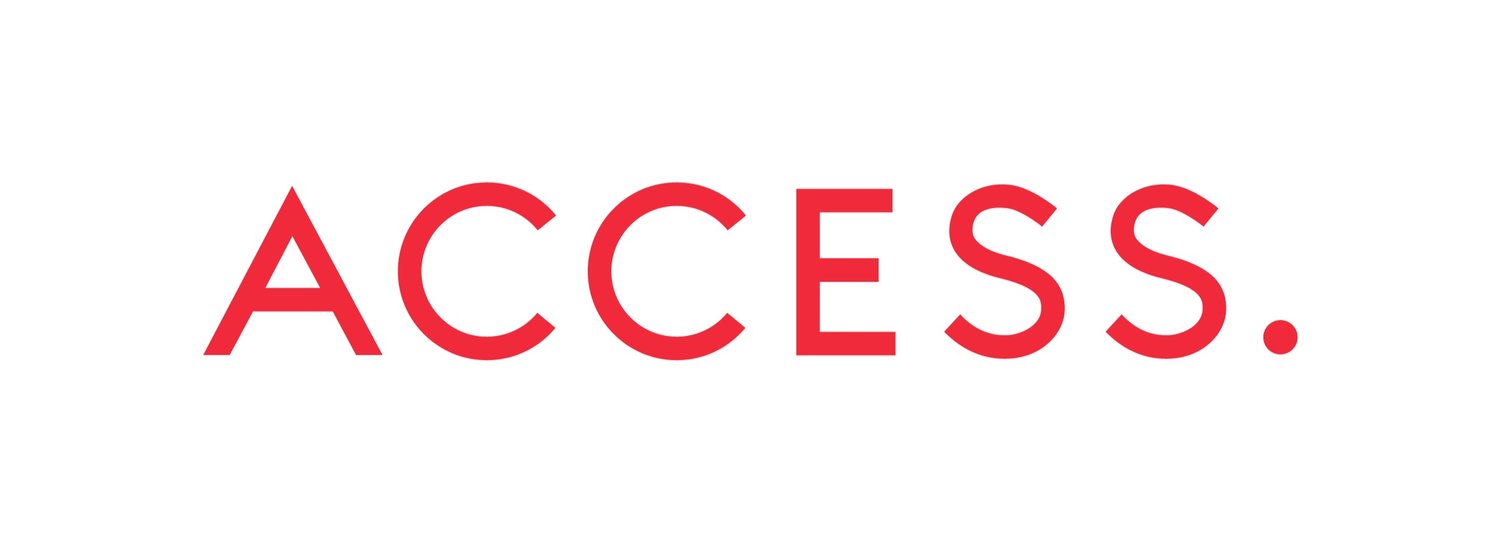In our previous post we noted the provincial government’s announcement regarding fare integration for transit services in the GTHA, including between GO Transit and the TTC. A fare-integrated transit network that connects local and regional transit systems makes commuting less complicated, more affordable and more convenient for transit users, and will attract more users to transit. Transit fare integration can be a relatively less costly method of increasing ridership as it doesn’t require expensive infrastructure upgrades.
Fare integration between GO and TTC is not a new concept in Toronto - previous efforts have included discounts on TTC-GO transit transfers, for example a $1.50 discount on TTC fares when transferring to the GO network, and a $60 monthly sticker giving access to sections of the GO network within Toronto (source: CTV News). These programs however have been temporary and hence provided limited ability to shift behavior. A question for a new program is will policy changes be sufficiently permanent to incentivize desired long term behaviour change?
Fare integration as general policy has been shown to have many benefits in multi-jurisdictional settings. However, it is important to critically consider the specific issues in the GTHA context, and in particular for Toronto transit users, since fare integration is most lagging between TTC and other services. Will the new policy provide equity for fares within municipal boundaries? As GO service expands to 2-way all-day service on more corridors in the City of Toronto, there will be more options for people to use GO to travel within Toronto. Will fare integration provide transit users making trips in Toronto with an affordable option if using GO is the fastest and most convenient way to get around? Will loyalty programs recognize transfers between GO and TTC? Will this include TTC connections to adjacent local services - DRT, YRT, or MiWay? There are many lower income communities along the municipal borders that access jobs on the opposite site – for example, residents in North Scarborough needing to access jobs or amenities north of Steeles, or vice versa. Currently, these transit riders need to pay both a TTC and YRT fare to make this trip. Will this policy enable these commuters to pay a single, as opposed to a double fare? The Toronto Region Board of Trade has published a report pointing out how a zone-based fare system can offer a single-fare experience that cuts costs for someone commuting for example, from north Scarborough to downtown. This is made possible by pricing a 2-zone journey the same as a journey within a zone.
Another question to consider is whether the policy change will impact service provision through additional costs of implementation. Will fare integration come at the cost of fare increases? And if so, will the overall benefit be reduced? Who will benefit the most and the least?
What is the impact of fare integration when analyzed using a critical equity lens? It depends on the method of fare integration. International experiences show that most approaches improve commuter convenience and quality of life, but different structures and programs can benefit some communities more than others. A distance-based fare integration system where fare cost is low when travelling shorter distances can make travel cheaper for those commuters connecting into the TTC from nearby areas such as Mississauga. Those travelling from slightly further out, however, may end up paying more. While distance-based fares can disincentivize long commutes, they also make downtown work-commute more expensive for people live further out due to high cost of living in central areas. When combined with the recent reduction in overall service and increase in cost for an adult fare for the TTC network that came into effect recently, a fare-by-distance based system could make such journeys significantly more costly for certain communities.
The Montreal region recently implemented an integrated transit fare system following a two-year comprehensive policy and engagement program. The Montreal region has moved from hundreds of fares to a new simplified zone-based system (link to a promotional video) What will be the opportunity for transit users to provide input on any new program for the GTHA?
Fare integration can solve some of the GTHA’s transit issues, but the way that it is implemented can have varying impacts on different communities and groups. Coordinating different transit agencies and unifying their fare payment systems can be a complicated process, but one which can be addressed through careful policy analysis and engagement.


